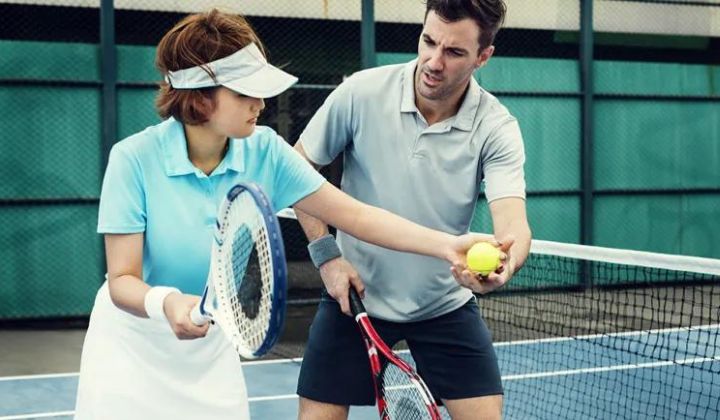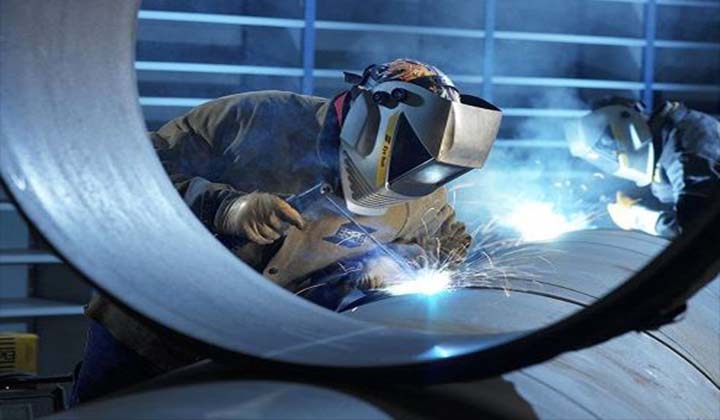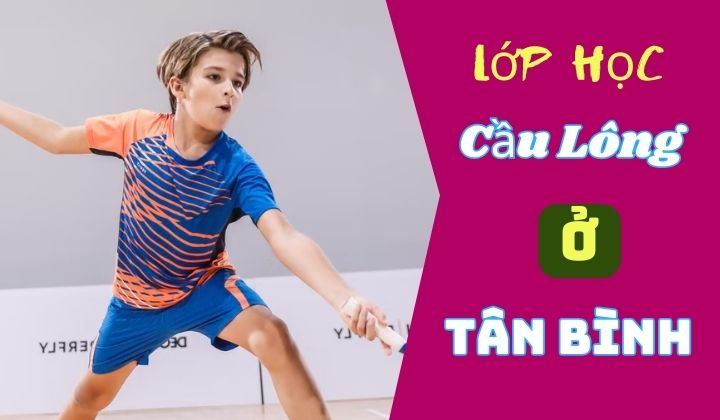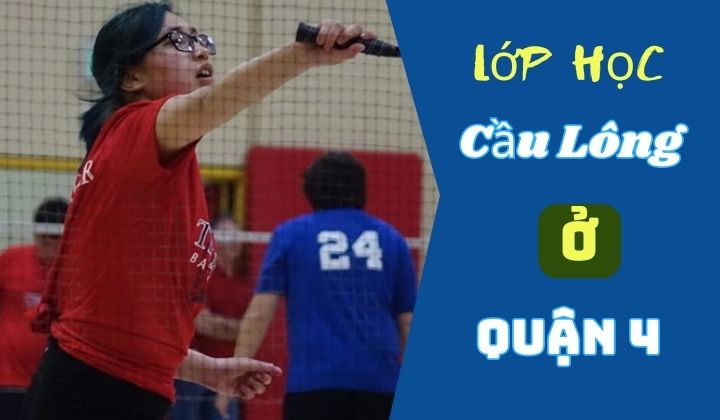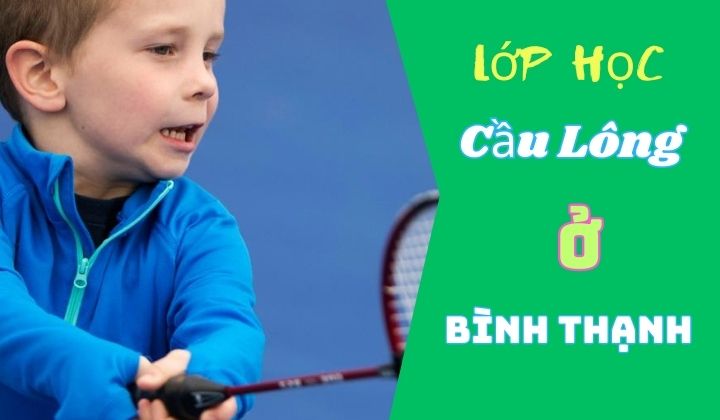The English frog swimming technique is often called the Breaststroke, this swimming style imitates the swimming style of the Frog and is also the oldest swimming style of mankind. The classic breaststroke technique is characterized by wide fanning, kicking your feet to the sides and then closing.
In 1985, the famous American athlete WPDavid used the breaststroke to cross the English Channel. Classic breaststroke with long arms reaching to the thighs, legs kicking straight to the sides and then closing, so the coordinated movement is not rhythmic. The slow and uneven speed created large undulations, so the Europeans called the breaststroke “galloping horse”. In 1907, the Hungarian athlete Bécnuli used the galloping breaststroke to set a world record with a time of 1`23″ in the 100m breaststroke. This is the first milestone of the development of modern breaststroke techniques later.
>>> Mistakes encountered when swimming Frog
Instructions on how to swim breaststroke through the stages
Body Pose
Nội dung tóm tắt bài viết
- 1 Body Pose
- 2 Frog leg movement technique
- 3 Hand movement technique
- 4 Complete hand-eye coordination, breathing and coordination techniques
- 5 Starting Technique of the Frog Swim
- 6 Frog swimming rotation technique
- 7 What is the effect of Swimming Frog?
- 8 How long does it take to learn to swim?
- 9 Where can I register for a breaststroke swimming lesson?
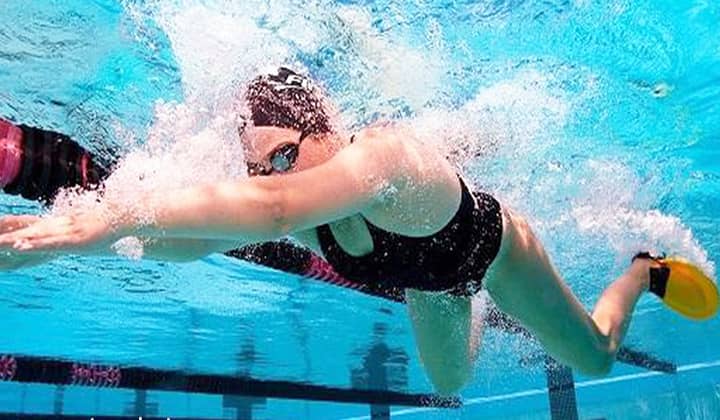
During breaststroke, the body posture is not fixed in one position but changes according to the action of the limbs. After finishing kicking the water, the two hands are close together and stretch forward, the legs are stretched back. The body is in a relatively good surfing position, the body is relatively flat. The head is slightly raised, the water level is up to the forehead, a part of the chest, abdomen, thighs, and legs are in a level position with the water.
At this time, the longitudinal axis of the body creates an angle of 5 – 10 degrees with the water surface. If you want to keep your body posture in a relatively good shape, you should stretch your chest. Slightly pulled in the abdomen, arched back, legs closed, arms stretched straight forward. The neck is slightly stretched, the head is slightly raised, the eyes are looking forward and down. As you inhale, your chin is raised above the water, and your shoulder blades are raised. At this point, the body makes an angle of about 15 degrees with the water surface. When stepping on the water, the face is submerged in the water, a part of the head when moving is exposed on the water. When taking a breath, if you raise your head too much or push your chest too much, it will cause the body to sink deeply, increasing resistance. Will slow down the fast breaststroke technique, this is the experience of learning the breaststroke as well as practice.
Frog leg movement technique
The foot is the main driving force that generates the forward force of the body. Leg movements can be divided into four stages: leg curl, foot rotation, foot pedal, water surfing. In fact, all four stages are a complete sequence of movements that are continuous and closely linked.

A. Legs flexed
It is a standard breaststroke technique from the position of straightening the legs to the abdomen to a convenient position for turning the foot to kick the water. At the same time must reduce resistance and reasonable coordination between legs and arms. At the beginning of contraction, along with the inhalation movement. Legs to sink naturally, knees gradually separate, shins bent forward. When contracting the legs and feet, use light force (slow contraction), the lower leg hides behind the projection of the thigh to reduce resistance.
In the long-distance breaststroke technique, there are some athletes with fast legs. Although this technique will increase resistance, it will rapidly increase the frequency of coordinated movements. There is a benefit to increasing swimming speed. After finishing the leg contraction, the thighs create an angle of about 120-140 degrees with the body. The inner edges of the pillow are hip-width apart. The angle between the thigh and the lower leg is about 40-45 degrees. At the same time, make the shins in a perpendicular position relative to the water. This will prepare you well for the foot rotation.
B. Rotate the foot
This move is very important, directly affects the water kicking effect of the breaststroke technique for beginners. Because rotating your feet can create a larger kicking area. Rotate larger water feet. Good or bad foot rotation depends on flexibility. Flexibility of ankle, knee and hip joints. Athletes who perform the standard breaststroke technique have poor knee flexibility and can bend their legs wide. On the contrary, the legs are narrow.
C. Foot pedal
The effect of good or bad footwork is mainly determined at this stage. Nowadays, more and more attention is paid to the effects of foot pedaling. Pedaling is to use strength from the buttocks, thighs to kick back as hard as possible. In fact, footwork includes both pedaling and closing the legs. Closing the legs will limit the movement of the foot to the outside and create a direction to kick the foot back. In advanced breaststroke technique. Because the foot pedal is narrow, the legs are close, creating a downward pressure movement, making the body lift, so it is very beneficial to surf the water forward.
D. Water surfing
At the end of the water kick, the legs are in a relatively low position. The heel is about 30-40cm above the water. At this time, based on the force of the foot pedal, the body is brought forward, so surfing the water is very fast. If the position of the legs is too low, it will create great resistance when swimming breaststroke. Therefore, after the foot pedal is finished, the foot should be kept in a relatively high position to reduce resistance and prepare for the next movement cycle.
Hand movement technique
The hand movement in the breaststroke creates a great forward force, which can be divided into five stages: the initial position, holding the water (water bow), fanning the water, retracting the arm, and extending the arm.
Currently, hand fan techniques can be divided into two types:
- The fan line is narrow, the elbows are much bent, the elbows are high, the hands are in deep water.
- The water fan line is relatively wide, the hand is relatively straight (a little elbow bent), the elbow is slightly high (more flat), the hand in the water is shallower.
A. Initial Pose
When the legs finish the water kick, the arms are naturally stretched forward with a certain amount of muscle tension. Hands parallel to the water surface, palms facing down, fingers naturally closed, body straight and well-shaped, swimming Frog sinks are often due to incorrect technique.
B. Water Pills
From the starting position, arms outstretched forward, center of gravity shifted forward, shoulders slightly retracted, hands turned outward and slightly downward, wrists slightly flexed. The arms are gradually separated to the sides and down to squeeze the juice. When the palm and forearm feel pressure, start fanning the water. When holding water, the hand moves in three directions: forward, downward and outward. The resultant of the three component forces is the diagonal of the cube. Because the forearm rotates inward, the palm rotates outward and backward. The water pressure movement in the Olympic breaststroke creates favorable conditions for the fan. It also creates a buoyant effect and pushes the body forward.
C. Water fan
When the hands are in the water, the wrists gradually bend. At this time, the wrists and hands gradually increase the fan speed to the sides, down and back. When fanning the hand, the movement of the hand is divided into two parts: the top of the hand rotates outward, downward and backward. The back of the hand rotates inward, downward and backward. From the water pressure to the fan, the forearm from internal rotation to external rotation. Therefore, the palm of the hand is turned from the outward and backward direction, gradually turning inward and backward.
D. Withdraw hands
When collecting hands, do not lower the fan speed. Conversely, the more active you are, the more speed you need to bring your arms and forearms inward to switch to forward extension. The first part of the retraction must take the elbow and hand inward. Up and back is the main movement of the arm retraction, the elbow, the right arm moves inwards up and out in front. The resultant of the three component forces is the diagonal of the cube. During the retraction phase of the breaststroke technique, there is little force to propel the body forward, mainly to create buoyancy.
E. Stretch your arms
It is a movement that straightens the elbow and shoulder joints. The palm of the hand is rotated from the upward direction, facing down and forward.
Rapid arm stretches are a feature of the basic modern breaststroke technique. It is closely associated with footwork. Therefore, at the same time with the stretching of the arms, stretch the shoulders forward. Many swimmers combine bowing with hand movements to create a squeeze. Thus creating a natural wave, but care should be taken to stretch the arm not to stop. The movement of the hand movement if viewed from above is an oval shape. If observing from the side, the hand movement is from top to bottom. Then switch from bottom to top to stretch forward.
Complete hand-eye coordination, breathing and coordination techniques
The technique of swimming the breaststroke is more complicated than the swimming technique of the Swim , the technique of the butterfly , and the technique of the backstroke . The technique of breathing in breaststroke inhaling through the mouth and exhaling through both the mouth and the nose. At the same time, it must be closely combined with hand-fan movements.
Currently, there are 2 techniques of competitive frog swimming with the head up to breathe:
- Stretch your neck and chin forward, bring your mouth to the surface of the water, and inhale.
- Based on the effect of the hand fan, make the head and shoulders rise to the surface of the water and inhale.
Breathing is done during the fan phase. When the head and mouth are out of the water, exhale the rest of the air in the lungs. At the same time, quickly inhale, hold your breath when stretching your arms, and exhale when holding the water. Beginners learning the breaststroke technique should use early breathing. Inhale as the hand begins to fan the water. For swimmers, use late breathing: inhale after finishing the retraction. In competition, you can use a hand fan to breathe once or use a hand fan for two or three breaths to increase the number of movements. In the long-distance breaststroke technique, hand-limb coordination is a very important step. Directly affects the efficiency of limb movements and the uniformity of speed when swimming.
Starting Technique of the Frog Swim
1. Land catch-up exercise
Stand with feet shoulder width apart. Practice according to the command “prepare”, “jump”. When he heard “jumping” the enemy jumped up and down, slightly pulling his stomach.
2. Lake formation exercise
- Sitting next to the lake, feet placed in the water trough, hands raised close to the head, body slightly forward. When your shoulders are lower than your butt, kick your feet into the gutter and pop out.
- Standing on the edge of a lake, pour people into the water, put the body first, kick the back foot. Gradually end combined with swinging arms.
Frog swimming rotation technique
1. Land exercise
- Stand facing the wall, both hands on the wall, practice the Frog spin.
- Walk near the Frog revolving wall.
2. Water exercises
- Do the same exercises as above in chest-deep water.
- Stand about 1m from the lake wall, kick your feet on the bottom of the lake to surf the water and touch your hands to the lake wall to spin.
What is the effect of Swimming Frog?
Learning to swim breaststroke has many benefits for both physical and mental health. But learning to swim breaststroke incorrectly will lead to many bad effects as follows:
- Swim Frog with back pain
- Swim Frog with hip pain
- Swim Frog with leg pain
The main cause of these injuries is that the swimmer has not properly performed the breaststroke technique.
How long does it take to learn to swim?
How long it takes to learn to swim breaststroke depends on the ability of each student as well as age. Usually it takes about 5 to 8 sessions for adults. As for children from 6 years old and above, it can be from 5 sessions or more.
Where can I register for a breaststroke swimming lesson?

Swim To Be Live ‘s private swimming tutoring center still enrolls continuous swimming courses. In particular, coming to the center, students are also guided by a modern frog swimming lesson plan and many other skills: Relaxing breaststroke, head-up breaststroke and some technical exercises of breaststroke swimming on land only available at Swim To Be Live . In addition, the center also regularly organizes breaststroke competitions, and swimming tournaments for students to interact with each other.
Swim To Be Live contact information
- Hotline: 0762 319 319
- Address: 1st Floor, 207A Nguyen Van Thu, Da Kao Ward, District 1, Ho Chi Minh City
- Fanpage: https://www.facebook.com/Swimtobelive

